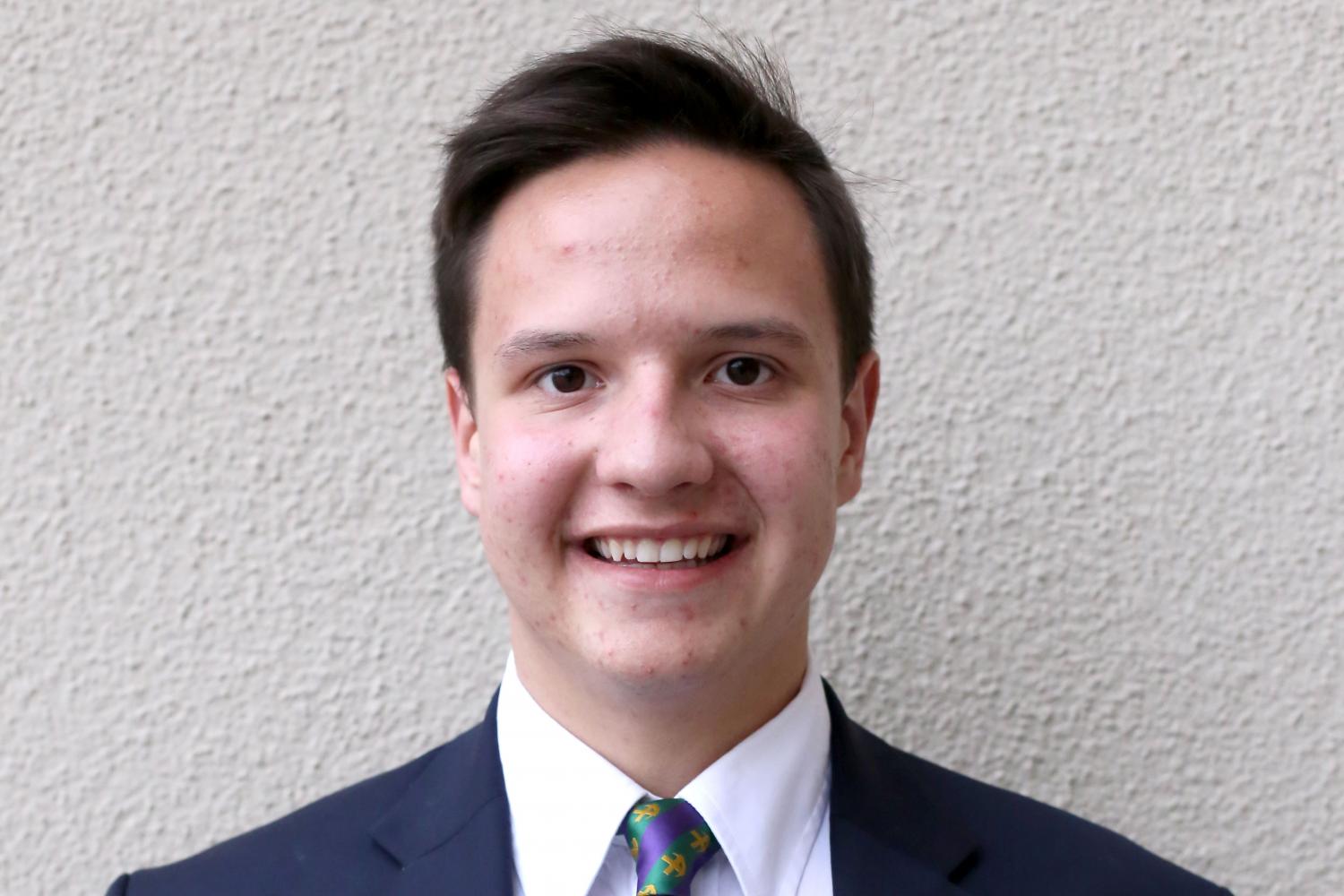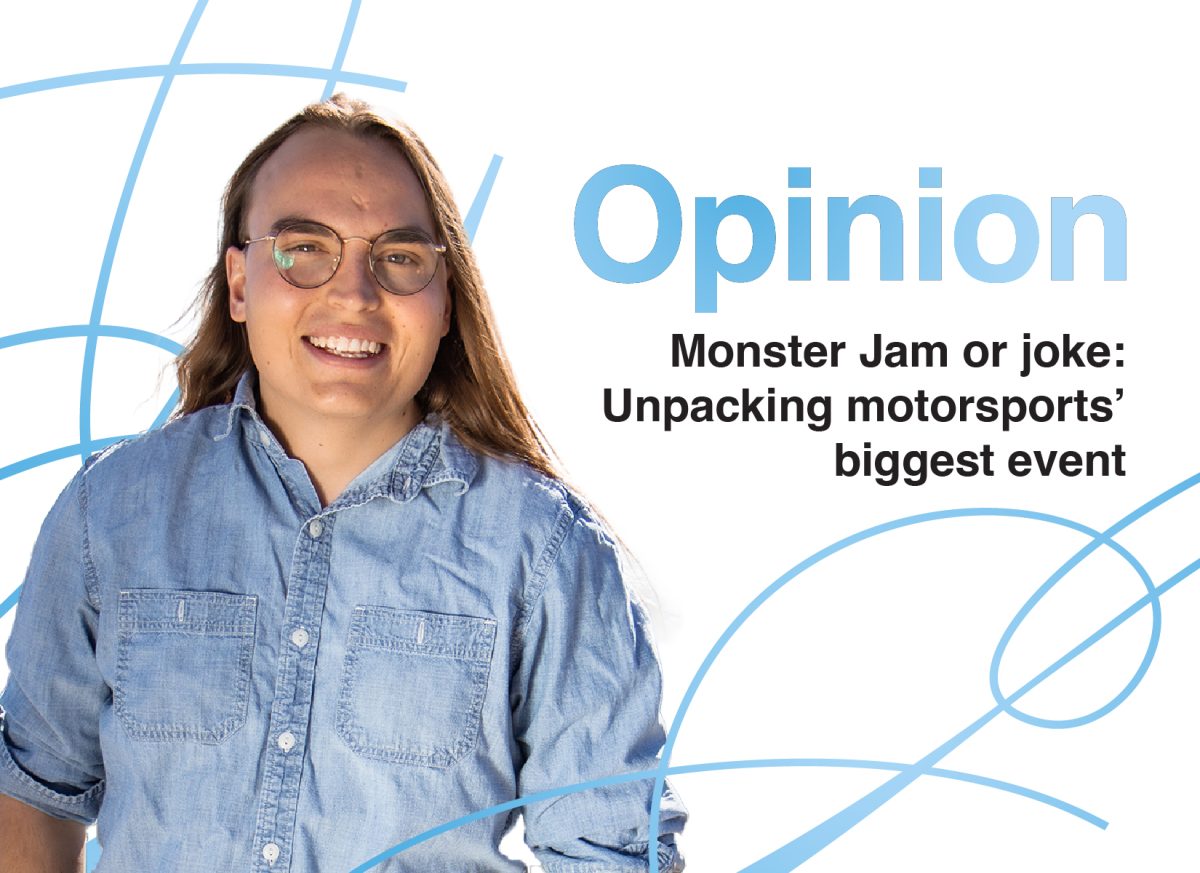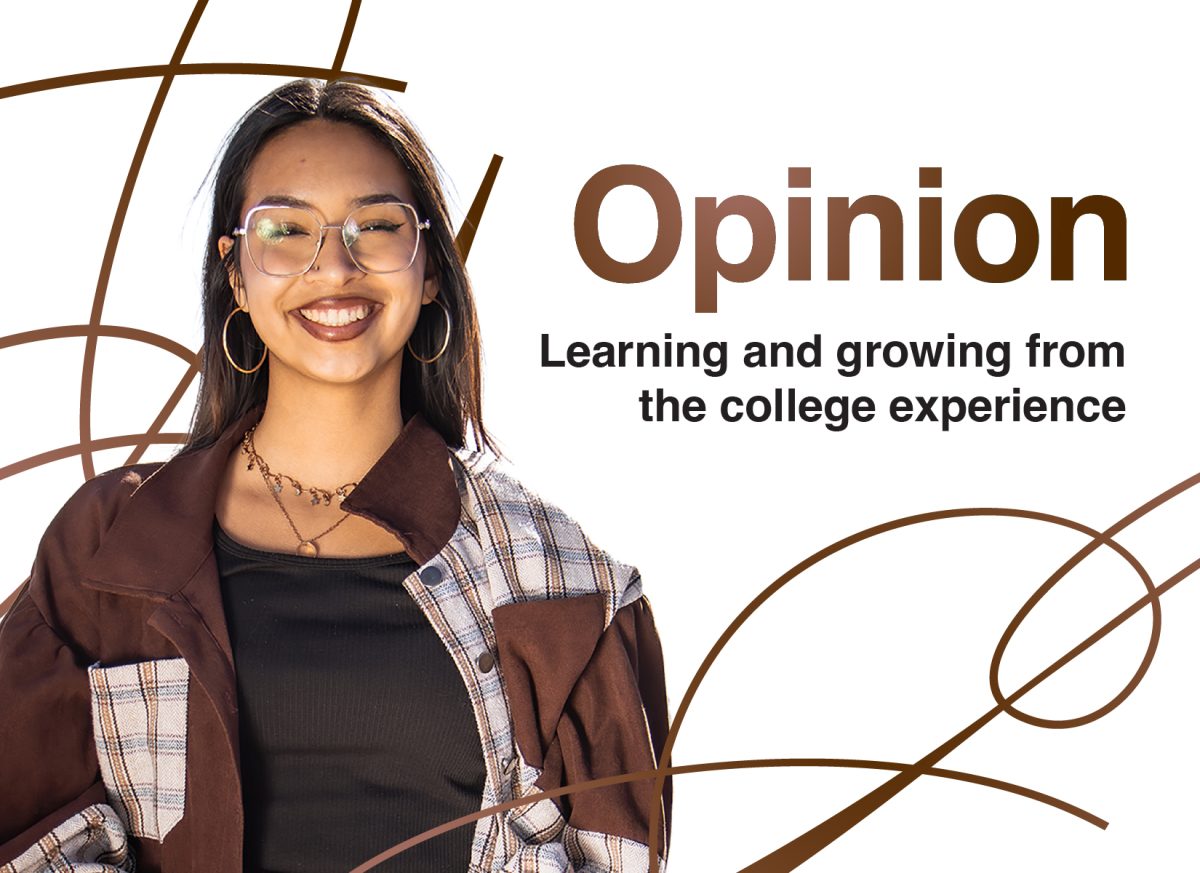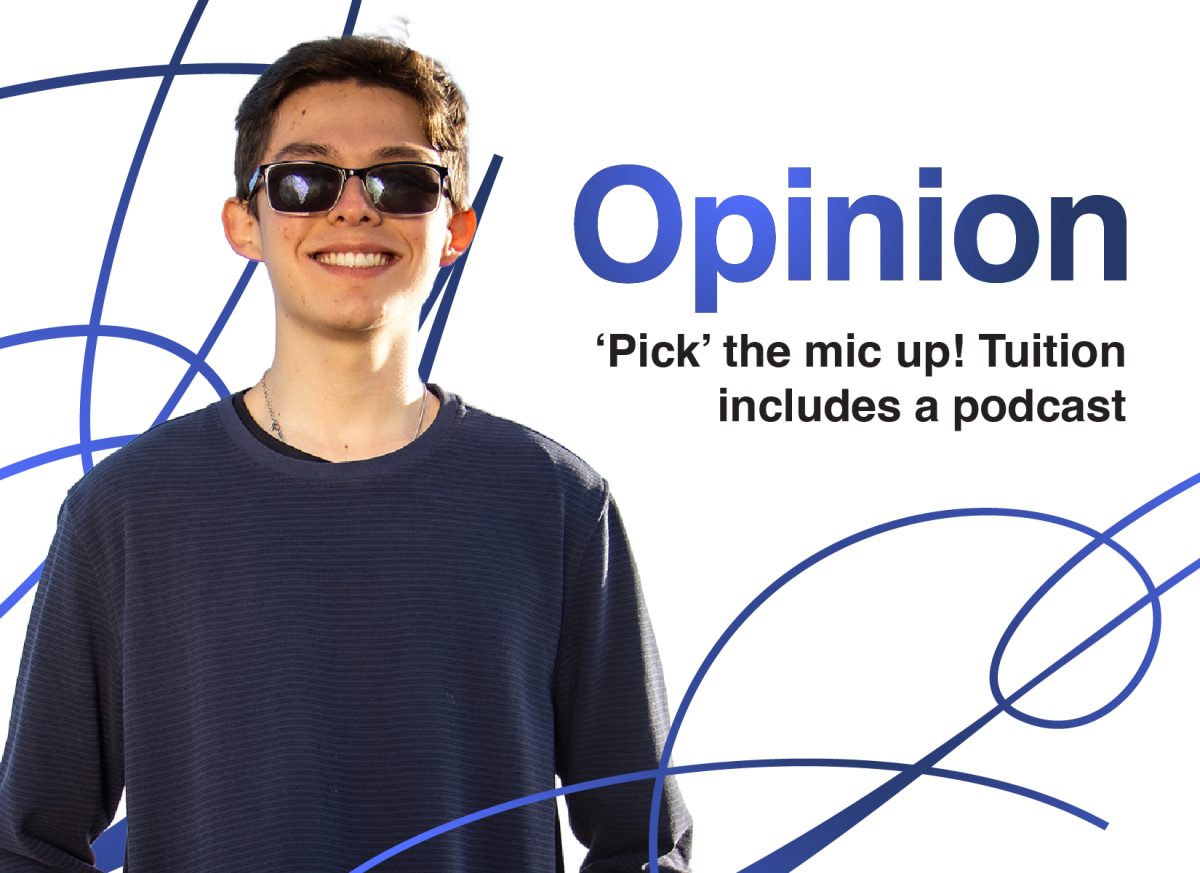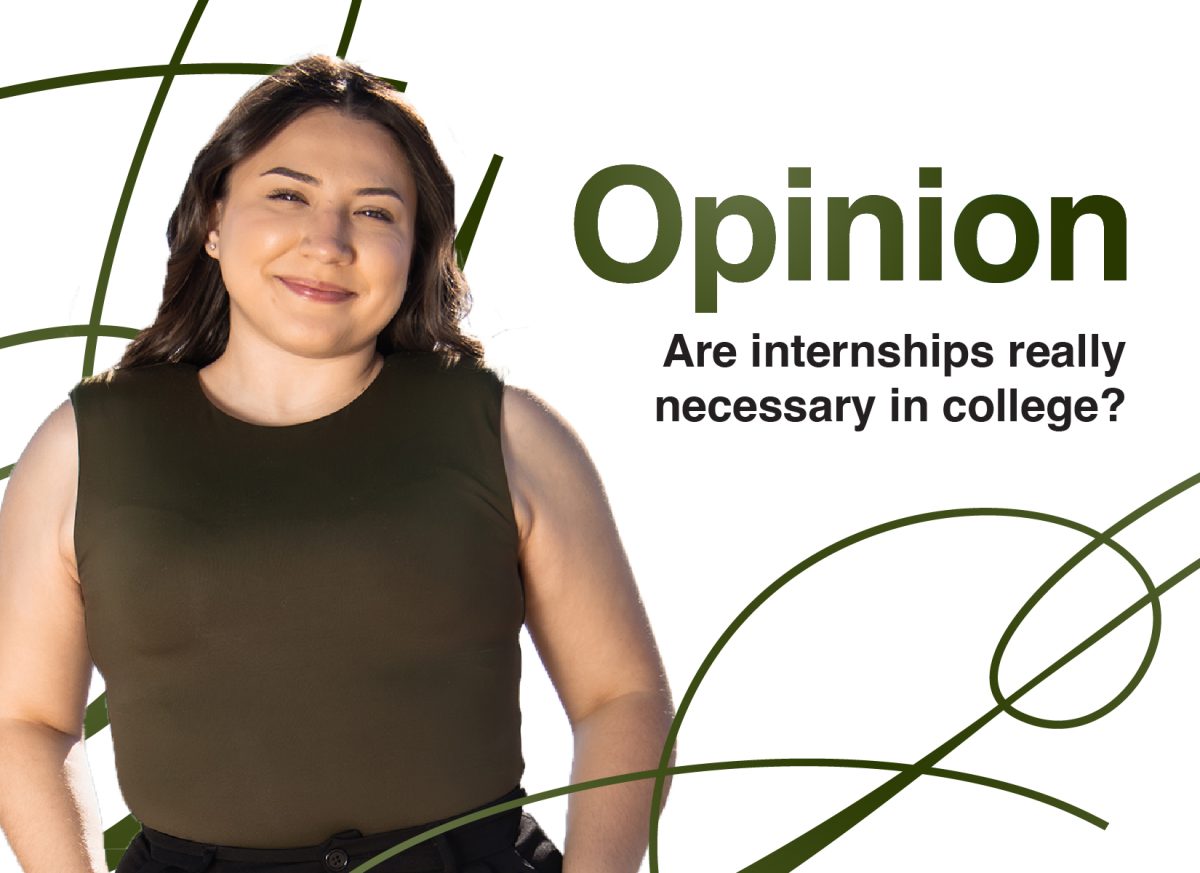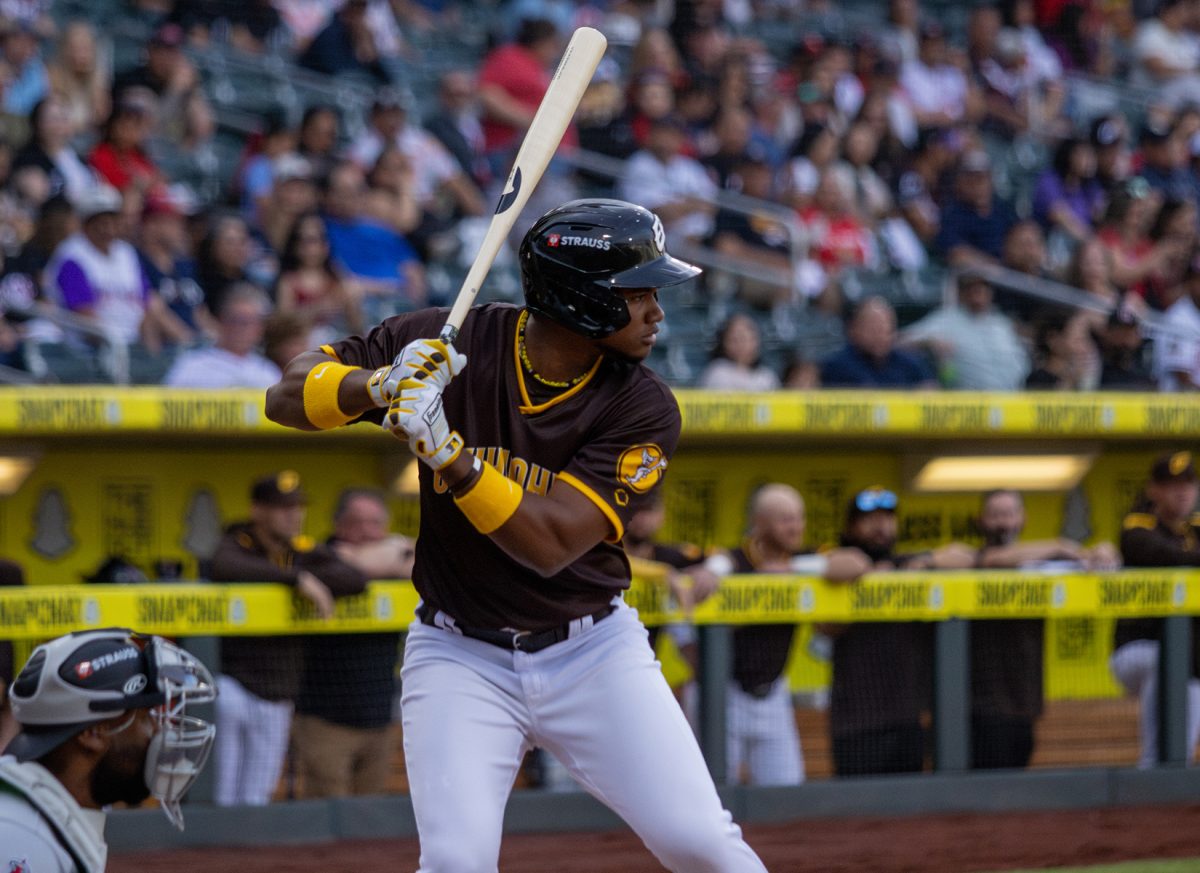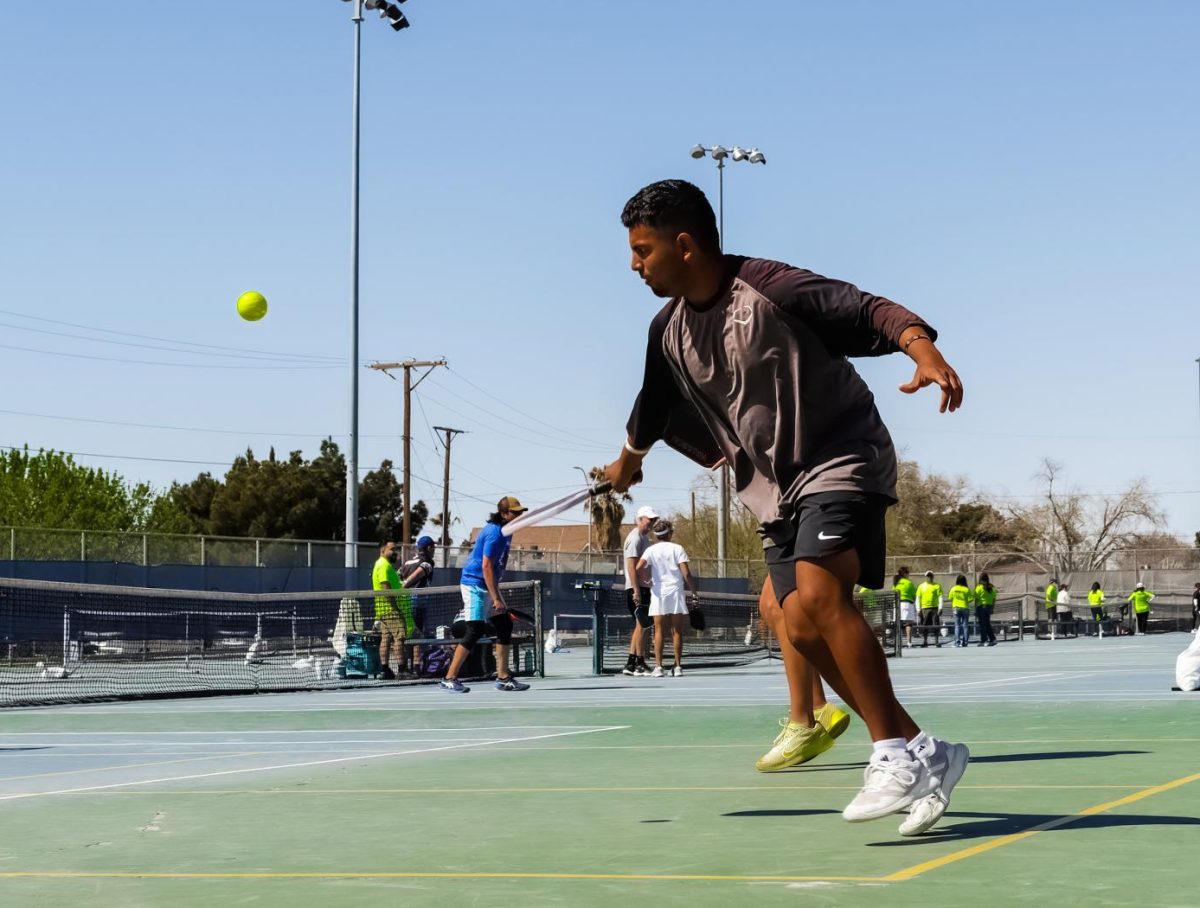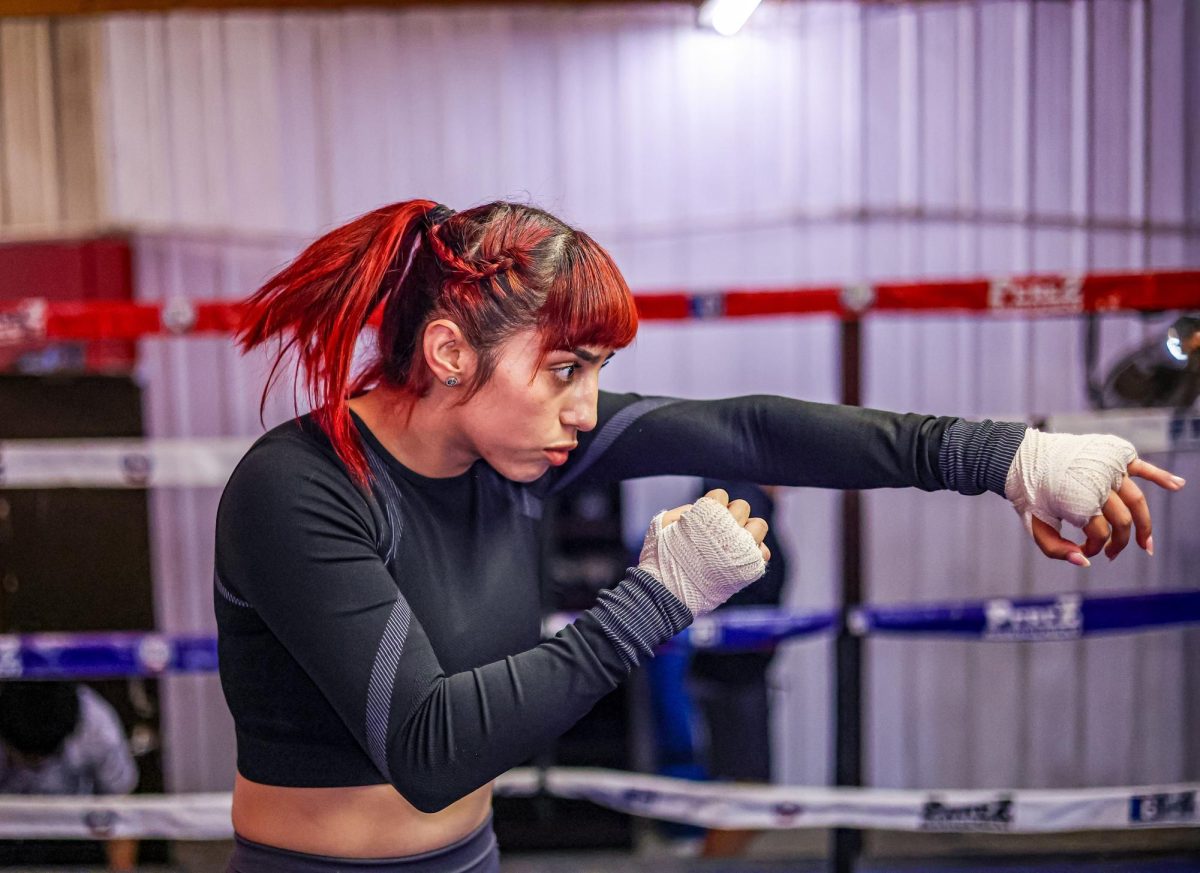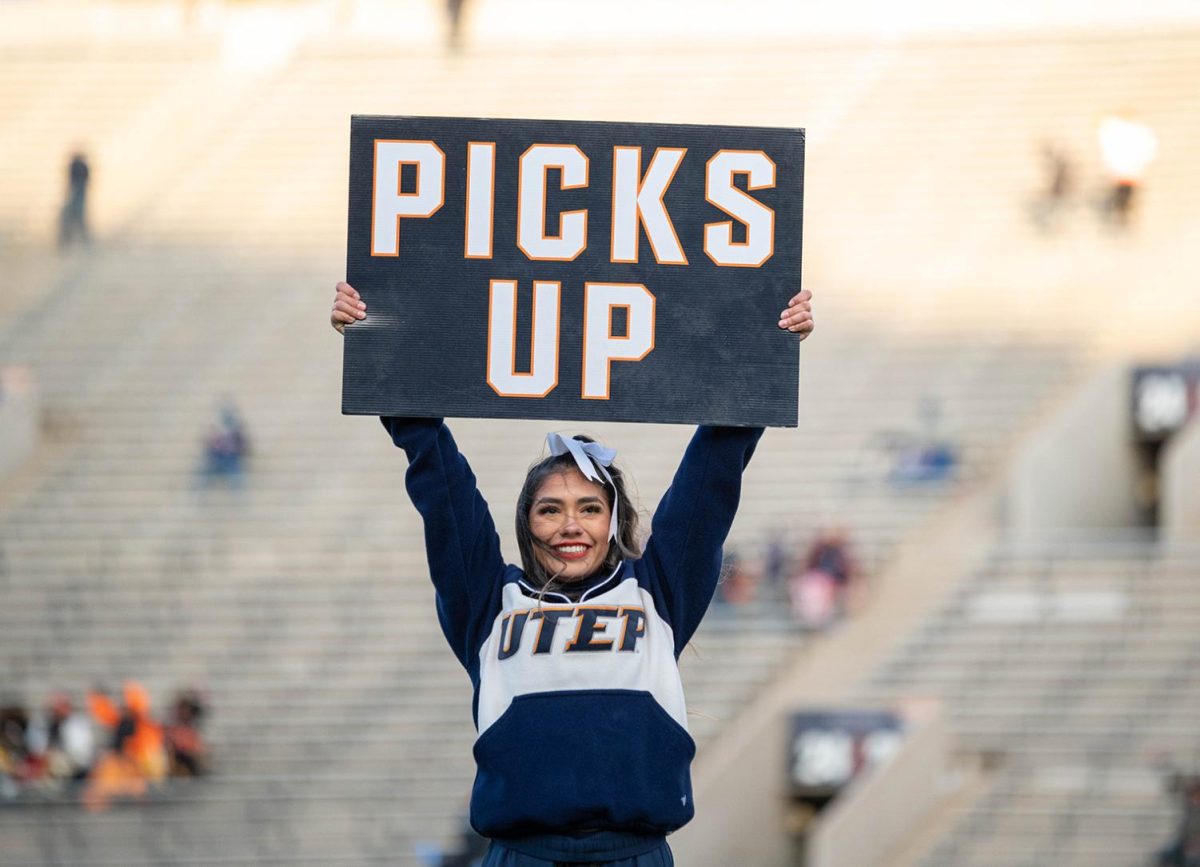Men’s college basketball is currently a crashing plane that’s about to burst in flames.
It will be up to NCAA President Mark Emmert to save the state of college hoops as we know it, but is it too late?
With the distractions of the Final Four coming to a close, no one seems to remember that Kansas and Villanova were two teams listed in the FBI scandal that accused over 20 programs of paying current and former players. Instead of putting sanctions on some of these 20 storied college basketball programs, Emmert has no solution for a mid-season reprimand and he let the programs continue the season untouched and without any penalty.
That’s one, if not the biggest, problem college basketball is facing.
Then comes the one-and-done rule that is more common than shooting a 3-pointer in transition, but we’ll get to that later.
Duke’s forward and arguably a top-five pick in the NBA draft, Marvin Bagley III, graduated from high school early by skipping his senior year just to join the Blue Devils for a season and dip out to go to the NBA draft.
In a normal sporting environment, it would raise eyebrows and questions as to if this 18-year-old is really ready to play in the NBA at the highest level of basketball in the world? For the majority, these one-and-done athletes throughout the past decade definitely weren’t ready for the NBA draft coming out of their freshman year of college. Yet, why does college basketball condone, or rather, embrace it?
Lastly, and as a spectator of the game, is the overall quality of basketball these kids are playing at. Anyone tuning in on the last five minutes of each NCAA tournament game would find it entertaining that the games was so close and ended in a dramatic fashion. But teams over the past few years have substituted the quality of basketball for dazzling entertainment hoops.
Every team today tries to be like Golden State–they push the floor off transition, shoot up a lazy, uncontested 3-pointer and brick it completely, which has the other team racing down the court and trying to do the same thing.
Yes, it works when you have the greatest shooting combo of all time with Steph Curry and Klay Thompson, but it fails miserably when you have a college team that shoots statistically average throughout the season.
It’s pure eye cancer with flashes of above-average talent.
In a worst-case scenario, college basketball as we know it decimates itself completely and the NCAA loses billions in revenue.
This off-season, Emmert will have to decide on what could be the biggest change in NCAA history: to pay or not to pay athletes. This Thursday, Emmert completely dismissed the notion; saying that it would take massive budget cuts for lower level college sports. But at a multi-billion dollar business like the NCAA, how much can that “budget cut” really be?
NBA Commissioner Adam Silver could intervene himself and allow the nation’s best high school talent to join the G-League, which is the NBA developmental league, and prepare these players for the professional level.
But what if the FBI scandal moves more into the limelight and these 20-plus programs are found guilty of illegally giving money to recruits? Big-name programs such as Duke, Louisville, Kentucky, Kansas, Arizona, North Carolina, Notre Dame and Virginia could face harsh repercussions. Would anyone care about college basketball without the blue bloods and top programs competing?
The gameplay itself has no one to blame except the coaches and the players’ former AAU coaches, who condone this style of play. But this probably won’t change as long as Golden State continues to shoot insane 3-pointers and have success beyond the arc.
Bottom line is if I was a player coming out of high school as a top recruit and my family didn’t have much money, which is the case for a lot of these players, I would want to enter the pros as quickly as possible to be able to support my family.
The NCAA is a broken-down system that seems to finally be crashing, with college basketball at the forefront of the implosion.


